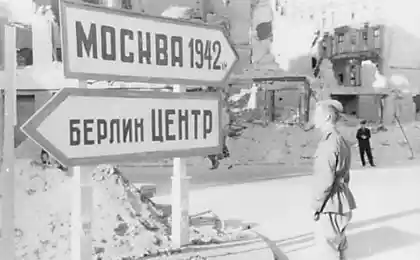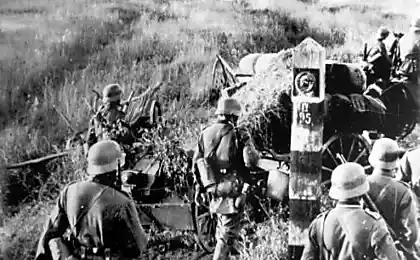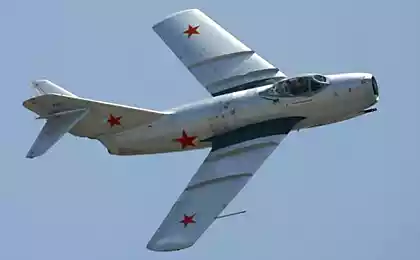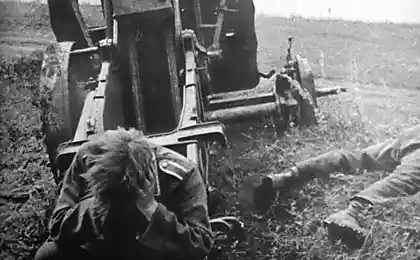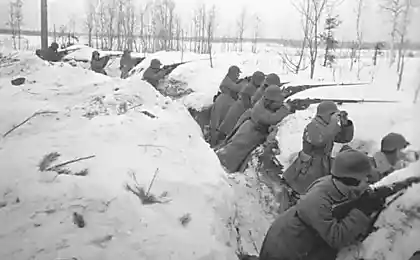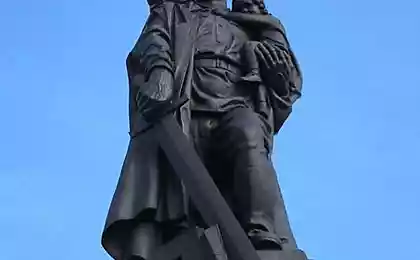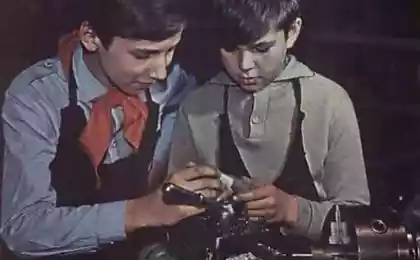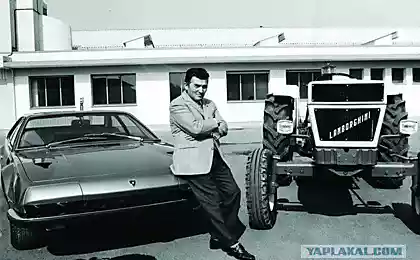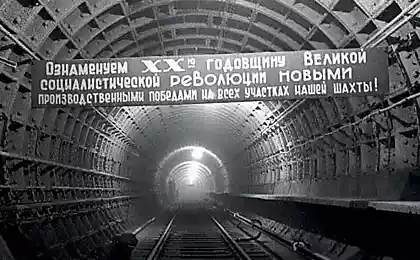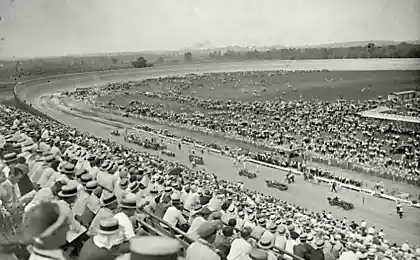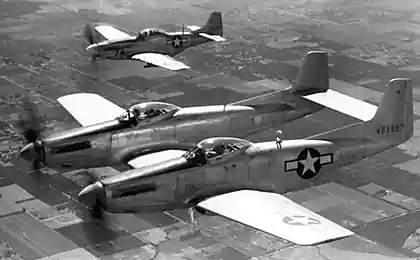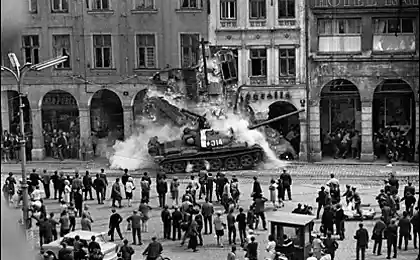967
Soviet racing ring (39 photos)
The quality of domestic cars we are used to hearing only, to put it mildly, unflattering. But if you look into the past, you can find a lot of interesting facts about the Soviet automotive and motorsport that will make if you do not fundamentally change the prevailing opinion, at least like respect for our native vehicles.

For example, the rally in the Soviet Union were born in the 1950s. While the special technical requirements for vehicles not. Almost all the crews went on quite standard, practically without any improvements machines, but our hands are automotive engineers grew from necessary.

Also in the former USSR were popular races on paved and dirt racetrack, was enough to attend a modified road car. Competitions were quite spectacular, because racers competed directly with each other, not on time, often touching occurred between cars, and surface roughness, pits, descents and ascents added attraction.
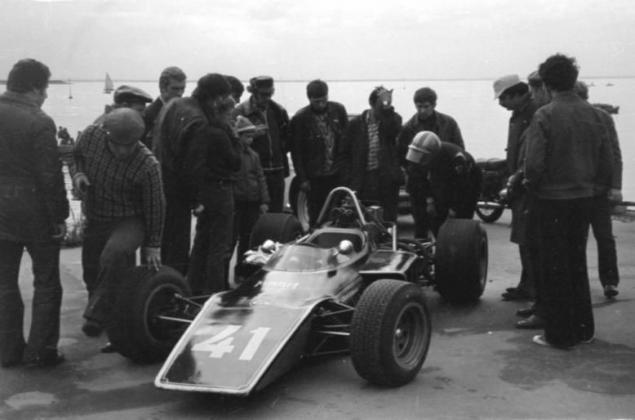
Autocross arranged in conventional cars and buggies - single-seater with the outer wheels and frame design made especially for such races.

The advent of cars VAZ 2101 in 1971 ushered in a new era of Soviet motorsports. Brisk cars produced many "noise" on the ring racing, emerging victorious from the confrontation with the "Moskvich", then all drove AZLK with "ring».
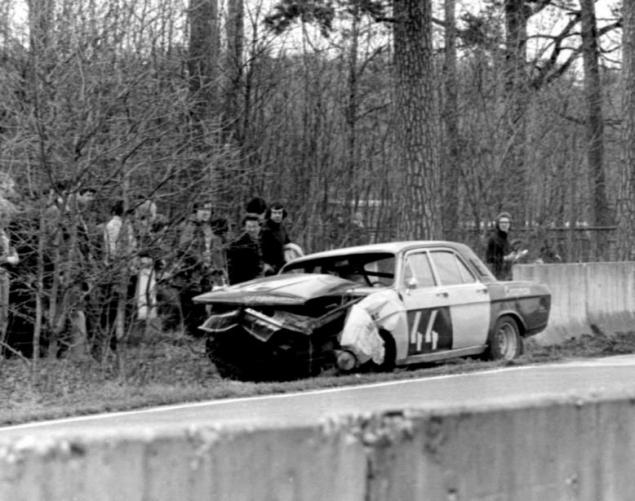
Everyone understands that for the construction of the sports car need a significant amount of special, non-standard units and spare parts, but where they were taken in a public deficit? Each "cool as I could" - Sovtransavto illegally brought from Germany camshafts «Shrick», factory VAZ racers, using a strong technology platform, supplied his colleagues specially made cylinder head, reinforced valve lifters, able to withstand more severe valve springs. Many themselves manufactured parts for their cars - Muscovite Alexander Zamyslov itself makes composite camshafts and wide wheel lightweight magnesium alloy.
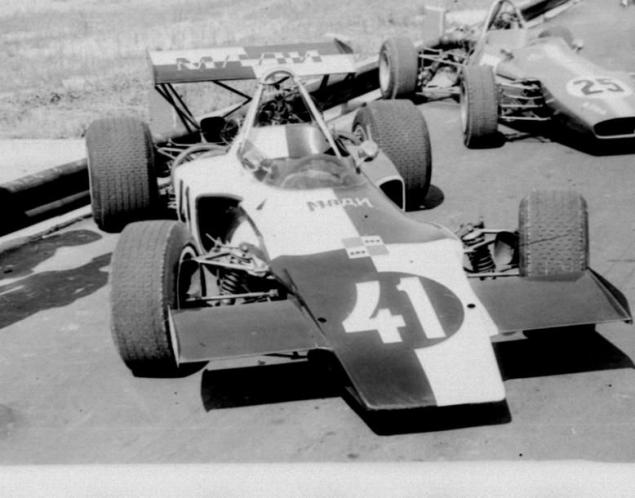
Themselves racing Lada usually built of serial machines. Scraped noise-insulated mastic, filmed the entire interior, even the wiring is simplified. More opportunities have been VAZ pilots - their cars were built with a "bare" body "- a body not covered antkorroziynym coated individual body parts stamped from a thin metal sheets, do not install some of the internal amplifiers of the body. As a result, the weight of the race "penny" was 800-850 kg.

The engine also thoroughly "shake up". Sets the "precious" camshaft with broad phases, deeply modernized cylinder head, power is supplied horizontal twin carburettors «Weber» with chetyrehdrosselnym inlet configured edition - "forward flow" appear below the front door. As a result of alterations to one liter volume removed about 100 hp Motor Power 1300 "cubes" was 130-135 forces, 1500 gave 145-150, and 1600 - all 160 forces.
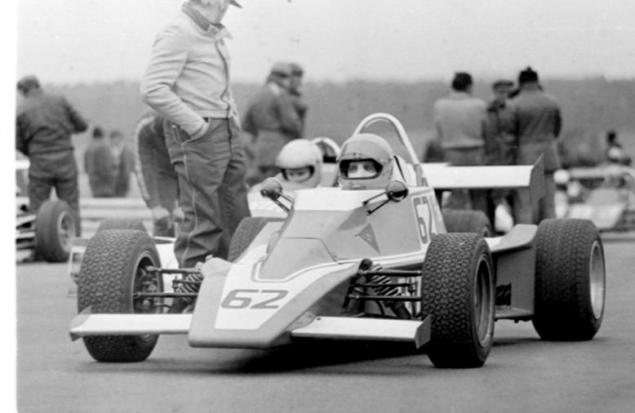
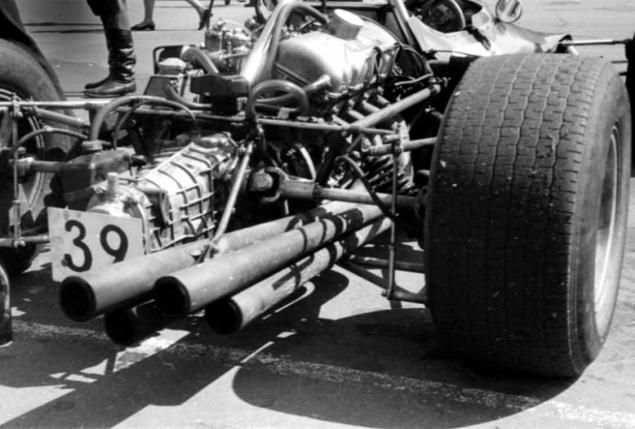
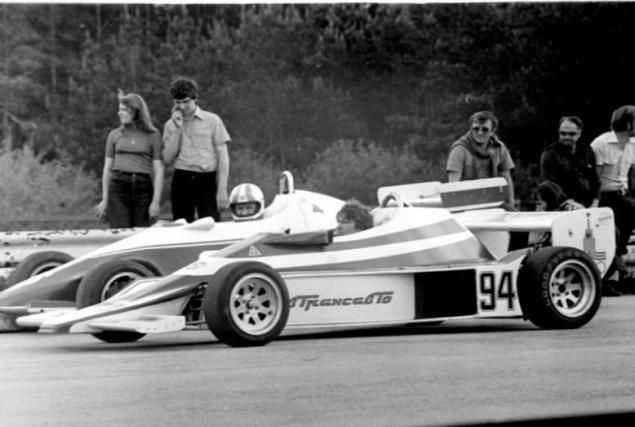
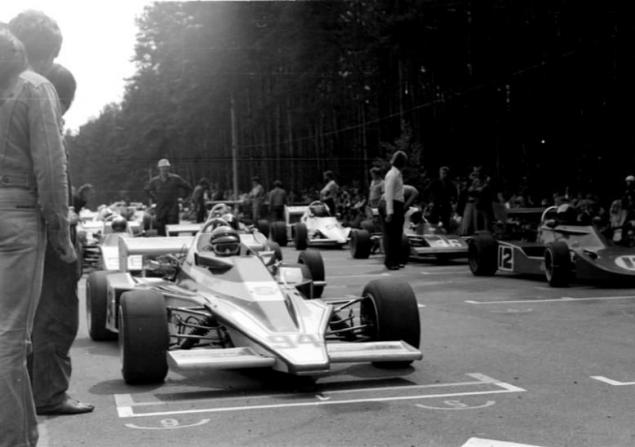
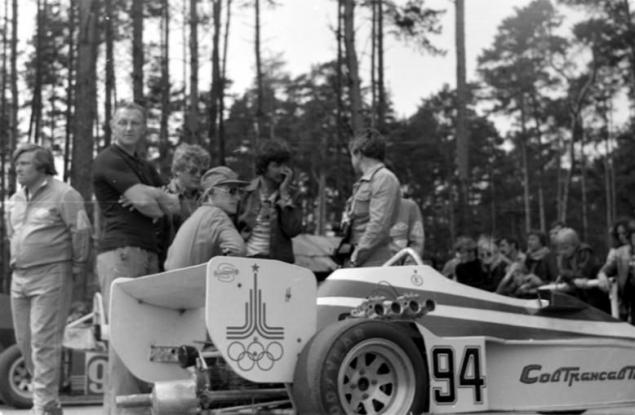
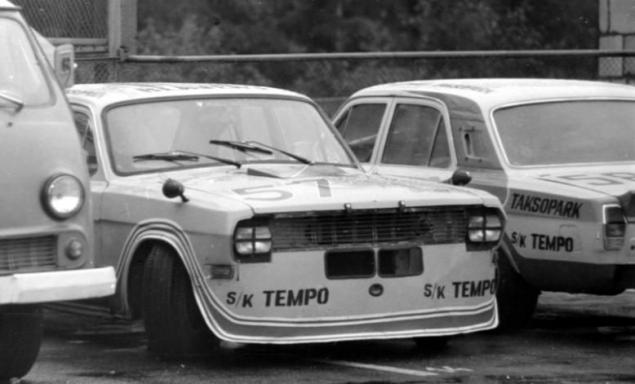
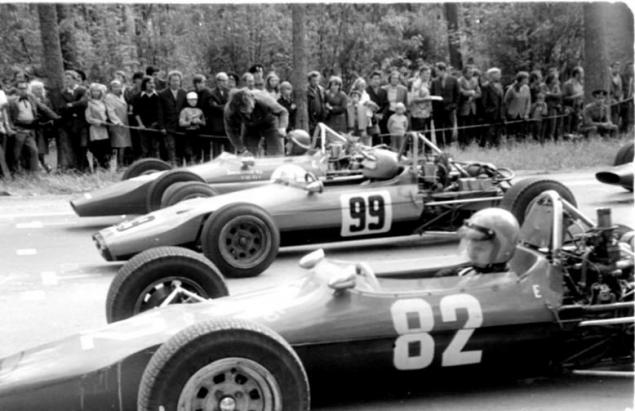
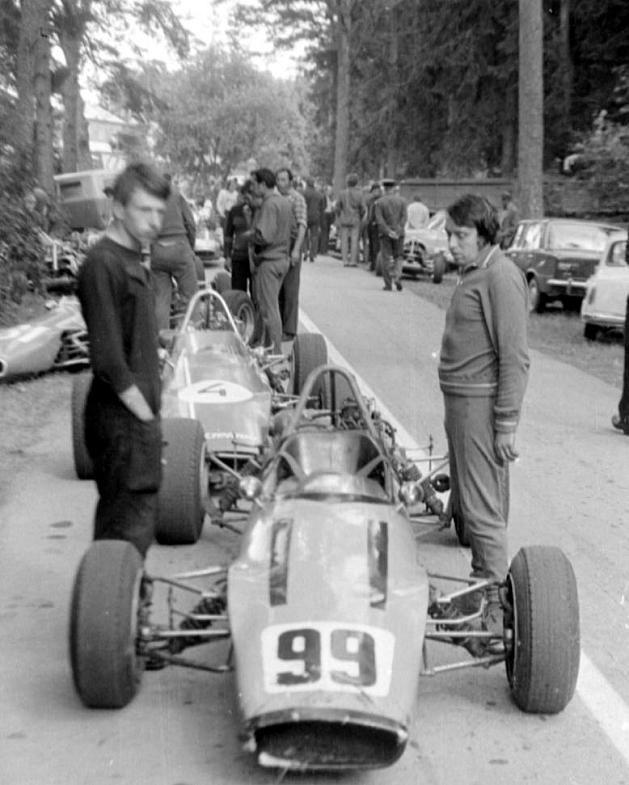
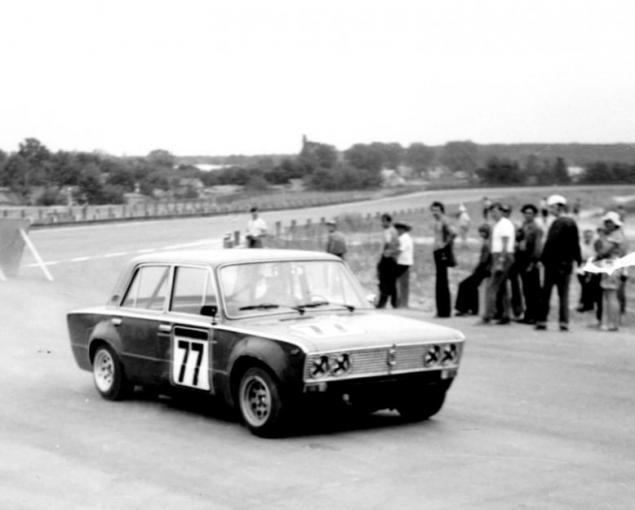
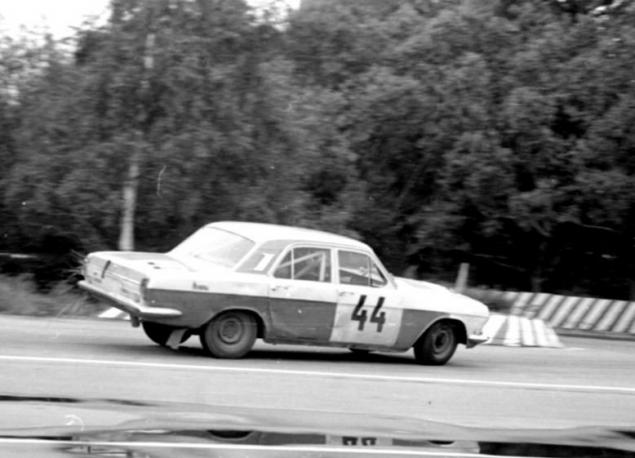
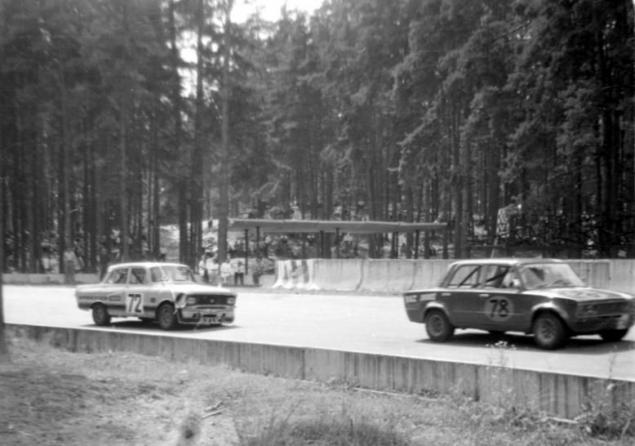
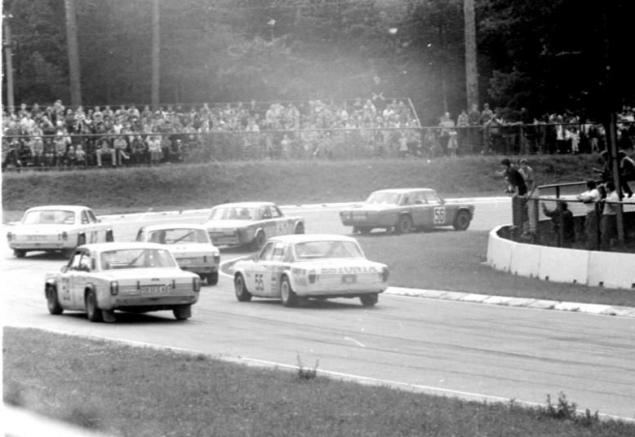
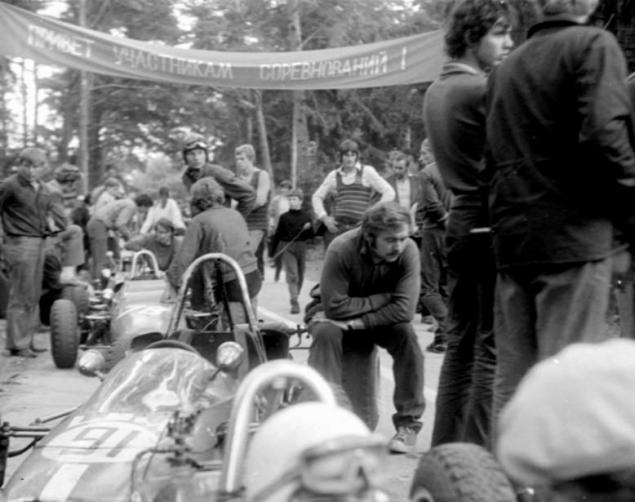
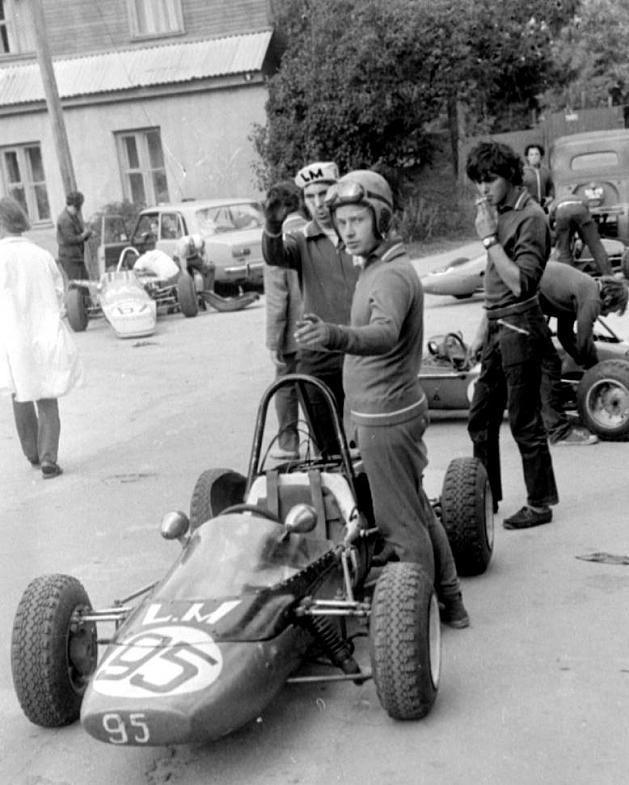


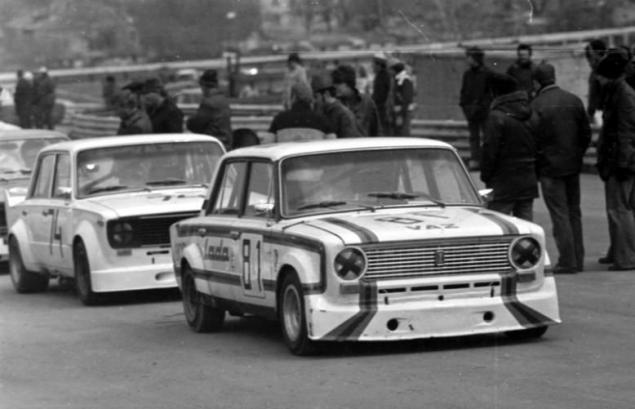
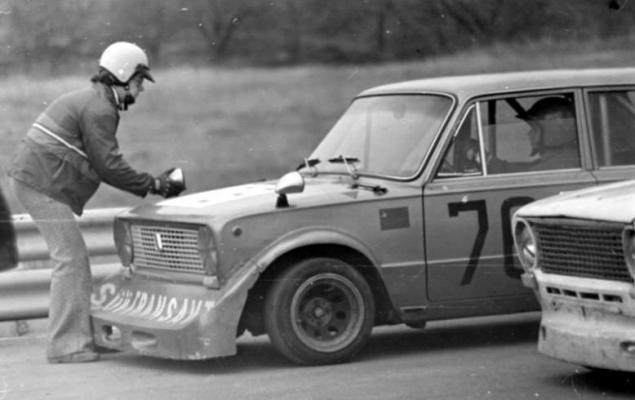

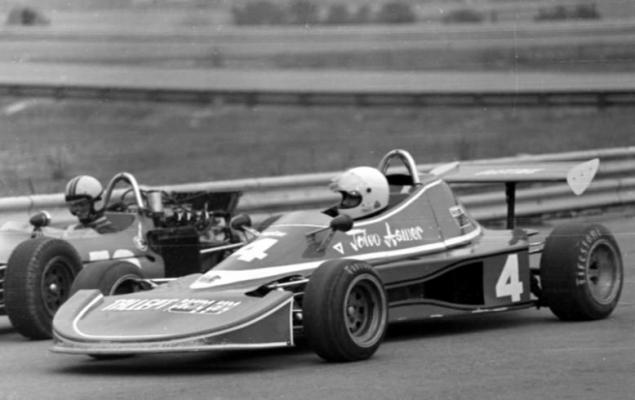


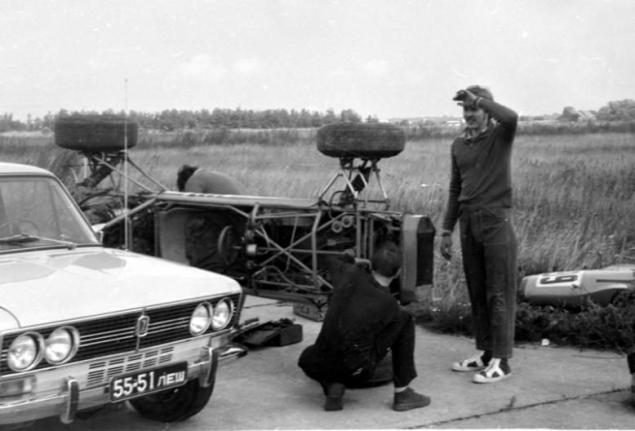
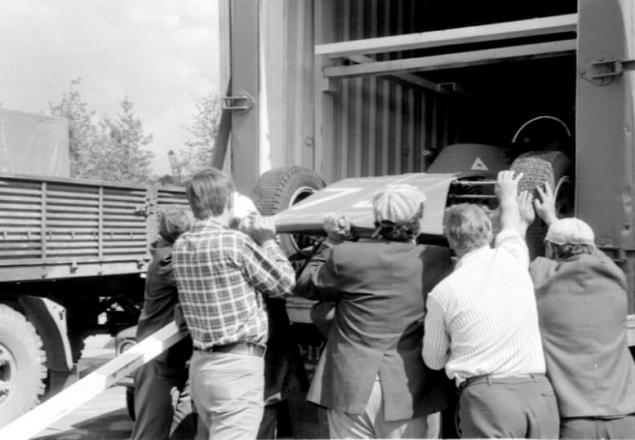
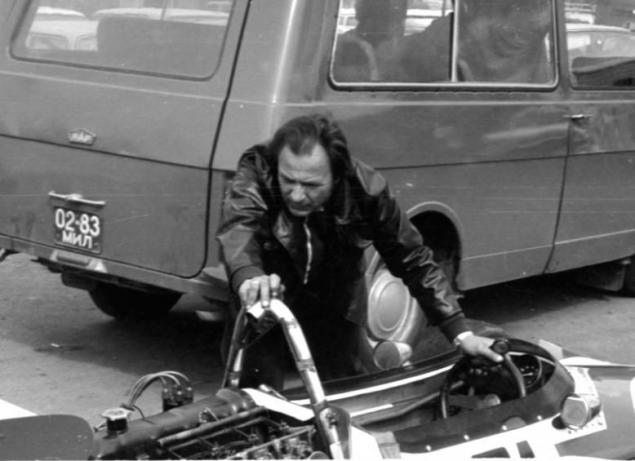

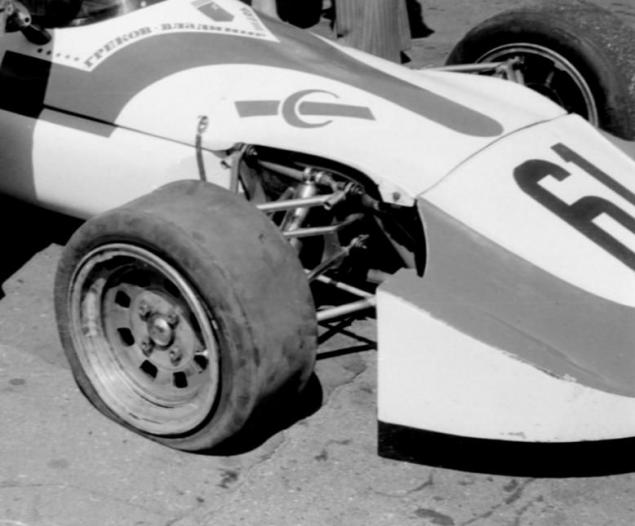


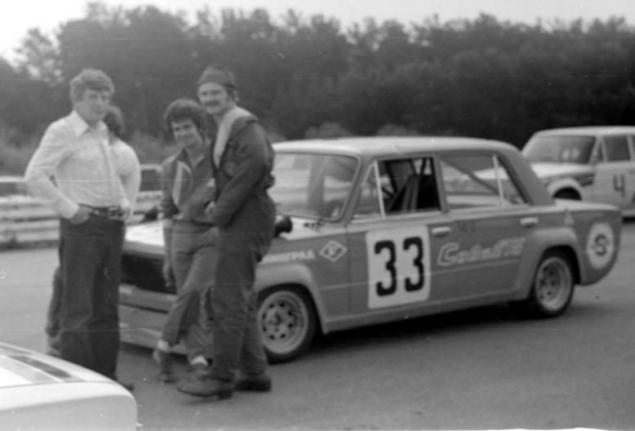

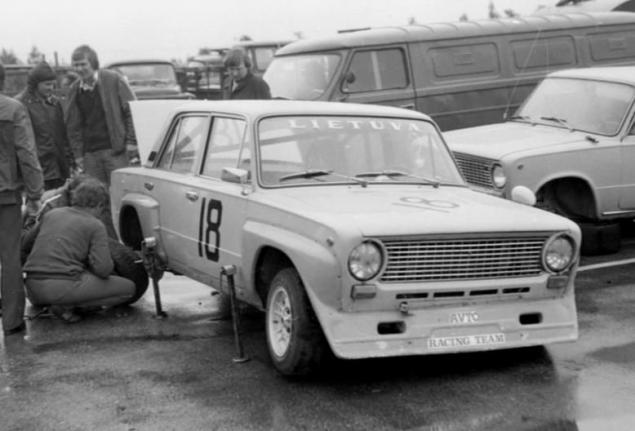
Source

For example, the rally in the Soviet Union were born in the 1950s. While the special technical requirements for vehicles not. Almost all the crews went on quite standard, practically without any improvements machines, but our hands are automotive engineers grew from necessary.

Also in the former USSR were popular races on paved and dirt racetrack, was enough to attend a modified road car. Competitions were quite spectacular, because racers competed directly with each other, not on time, often touching occurred between cars, and surface roughness, pits, descents and ascents added attraction.

Autocross arranged in conventional cars and buggies - single-seater with the outer wheels and frame design made especially for such races.

The advent of cars VAZ 2101 in 1971 ushered in a new era of Soviet motorsports. Brisk cars produced many "noise" on the ring racing, emerging victorious from the confrontation with the "Moskvich", then all drove AZLK with "ring».

Everyone understands that for the construction of the sports car need a significant amount of special, non-standard units and spare parts, but where they were taken in a public deficit? Each "cool as I could" - Sovtransavto illegally brought from Germany camshafts «Shrick», factory VAZ racers, using a strong technology platform, supplied his colleagues specially made cylinder head, reinforced valve lifters, able to withstand more severe valve springs. Many themselves manufactured parts for their cars - Muscovite Alexander Zamyslov itself makes composite camshafts and wide wheel lightweight magnesium alloy.

Themselves racing Lada usually built of serial machines. Scraped noise-insulated mastic, filmed the entire interior, even the wiring is simplified. More opportunities have been VAZ pilots - their cars were built with a "bare" body "- a body not covered antkorroziynym coated individual body parts stamped from a thin metal sheets, do not install some of the internal amplifiers of the body. As a result, the weight of the race "penny" was 800-850 kg.

The engine also thoroughly "shake up". Sets the "precious" camshaft with broad phases, deeply modernized cylinder head, power is supplied horizontal twin carburettors «Weber» with chetyrehdrosselnym inlet configured edition - "forward flow" appear below the front door. As a result of alterations to one liter volume removed about 100 hp Motor Power 1300 "cubes" was 130-135 forces, 1500 gave 145-150, and 1600 - all 160 forces.
































Source
